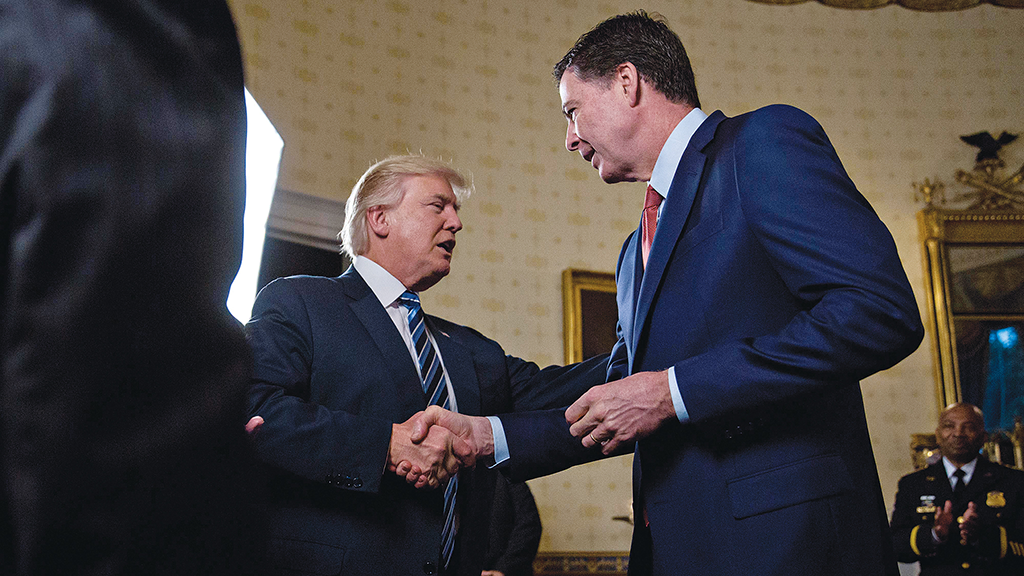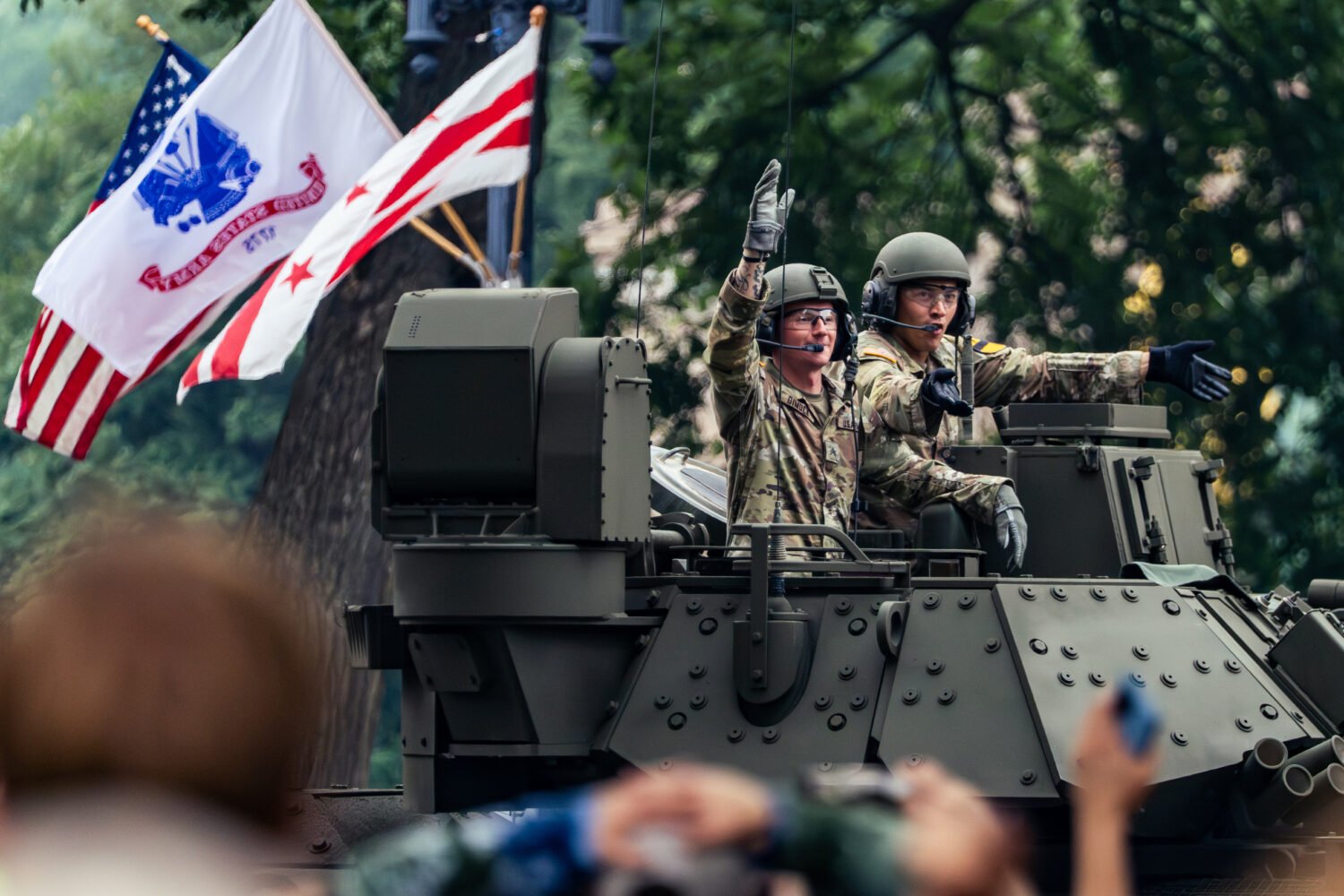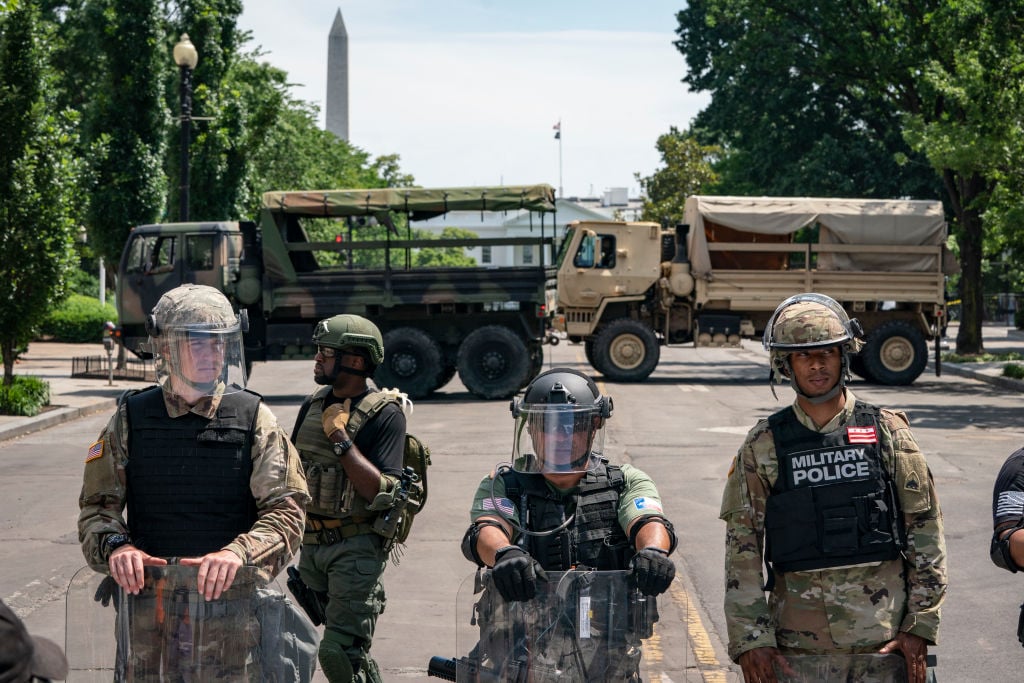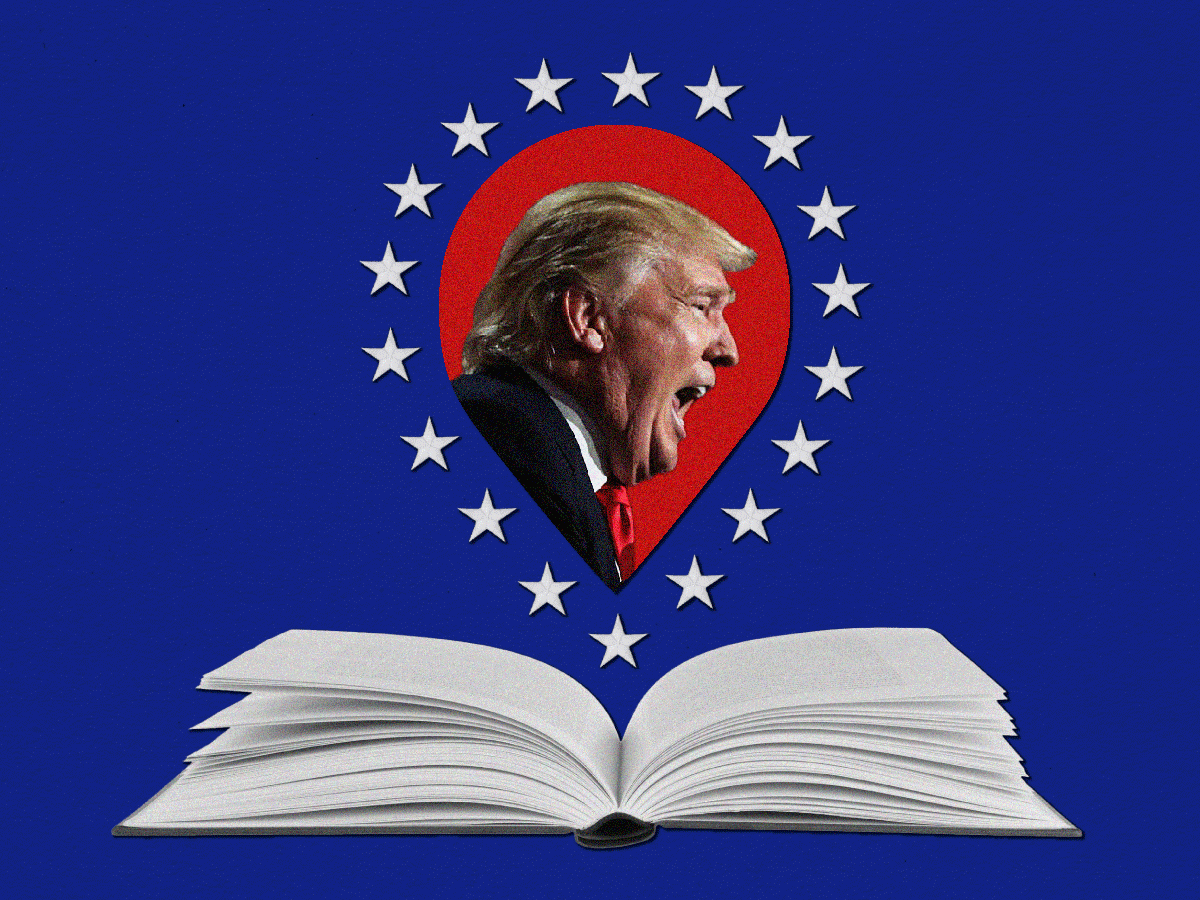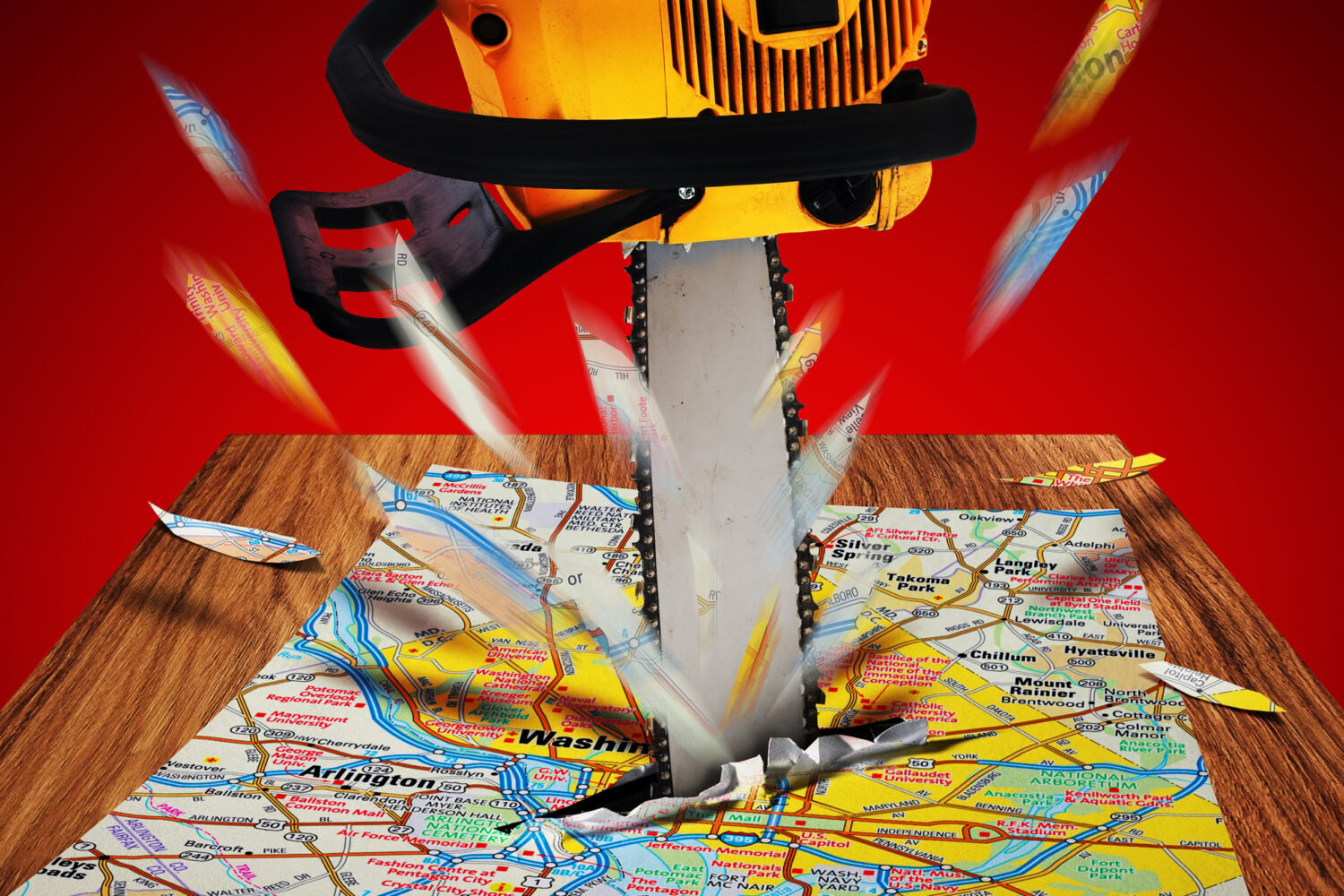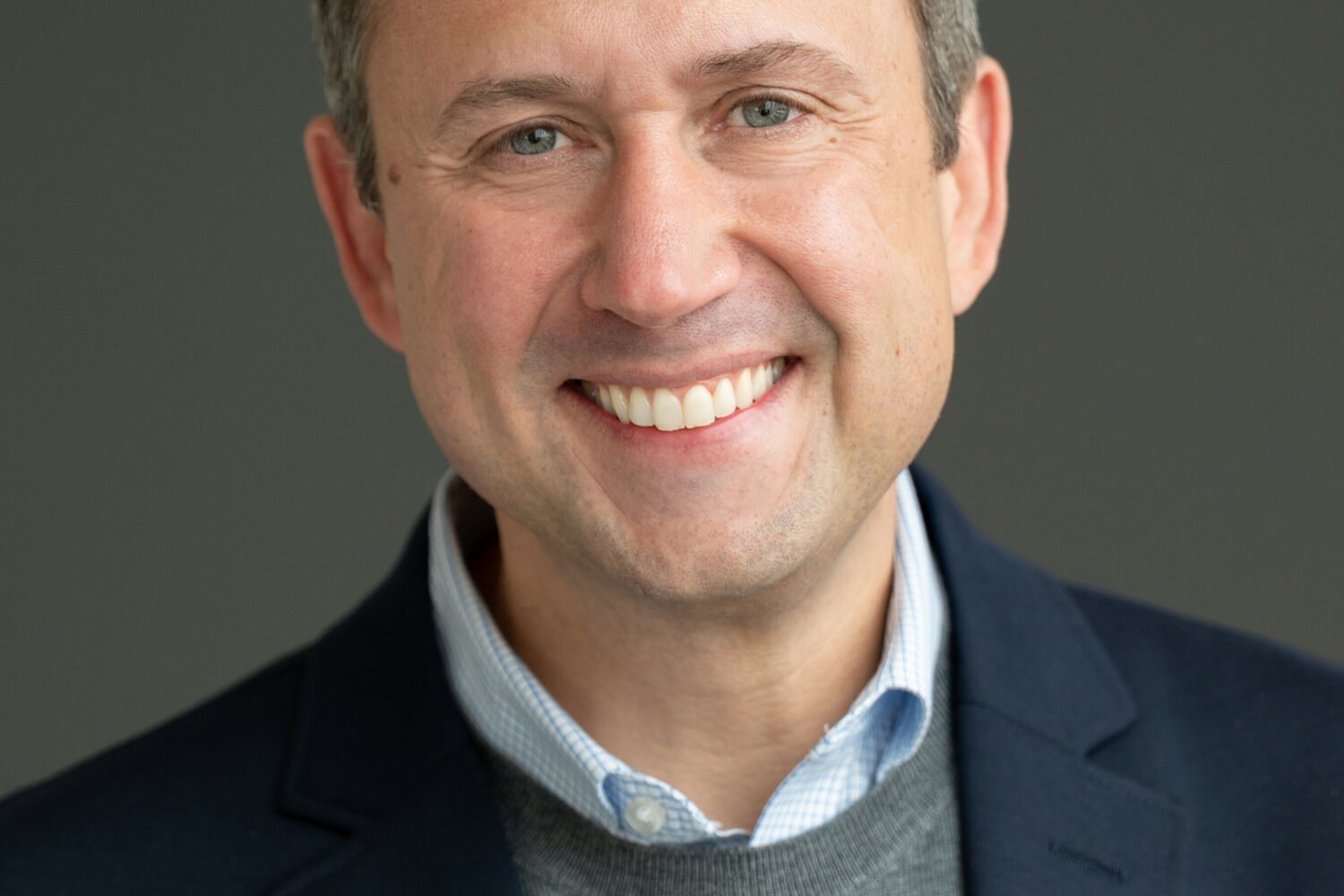Before he was the President, Donald Trump was most famous for booting people on TV—a habit that has proved hard to quit. So far, acting attorney general Sally Yates, national-security adviser Michael Flynn, and FBI director James Comey (above) have all found themselves on the receiving end of the onetime TV host’s catchphrase, “You’re fired.”
But while Trump might be the first reality star to become President, he’s hardly the first President to do high-profile firing. We combed through the history of executive dismissals to see who really stood out.
1. Best Known, Worst Bungled
Amid the Watergate investigation, Richard Nixon asked attorney general Elliot Richardson and his deputy, William Ruckelshaus, to fire special prosecutor Archibald Cox, who months earlier had subpoenaed Nixon’s Oval Office recordings. Both lawyers opted to resign instead. In the wake of what was dubbed the Saturday Night Massacre, the President’s approval rating dropped to 27 percent. Four decades on, the presidential oustings are still the most infamous.
2. Biggest Turnaround
On April 11, 1951, Harry S. Truman replaced popular general Douglas MacArthur with General Matthew Ridgway over what Truman called MacArthur’s “rank insubordination” during the Korean War. Enjoying a hero’s welcome back home, MacArthur was invited to speak to a joint session of Congress. “Old soldiers never die, they just fade away,” he told the lawmakers, before promptly fading away. Ridgway, on the other hand, helped turn the failing war effort into a stalemate.
3. Most Victims
In 1981, Ronald Reagan fired 11,400 members of the Professional Air Traffic Controllers Organization 48 hours after offering them an ultimatum: end their illegal strike or forfeit their jobs. The workers, seeking better pay and working conditions, were banned from federal employment. Reagan’s Secretary of State George P. Shultz called the tough domestic play his boss’s most important foreign-policy decision: The Soviets were watching.
4. Most Memorable Nickname
Gerald Ford pushed VP Nelson Rockefeller off the ’76 reelection ticket, fired CIA director William Colby and Defense Secretary James Schlesinger, and took away Henry Kissinger’s National Security Council portfolio, in what became known as the Halloween Massacre. Ford was hoping to solve internal White House anarchy but later called dumping Rockefeller “the biggest political mistake of my life” and “one of the few cowardly things I did.”
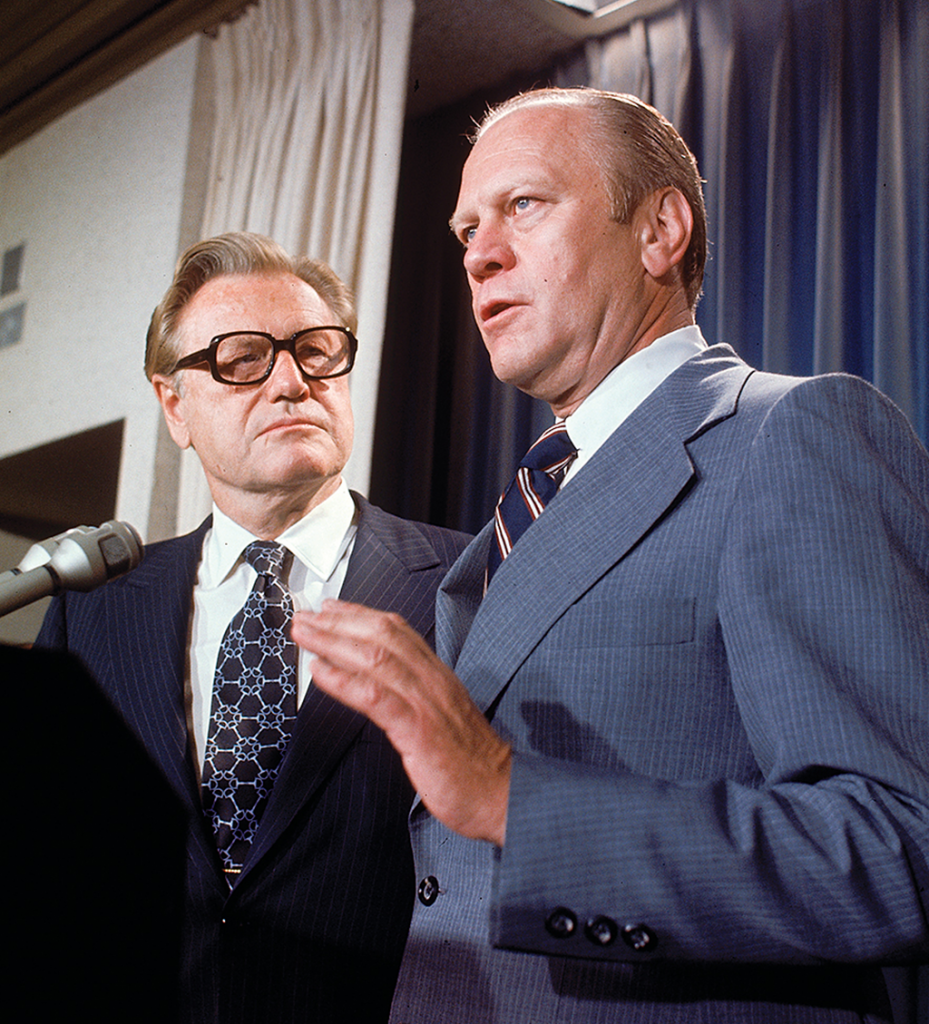
5. Breakthrough Performance
George W. Bush convinced his President-dad to let him do the dirty work when it was time to fire chief of staff John Sununu in 1991. George H.W. Bush had been sliding in the polls when his son took the imperious staffer on a stroll to the horseshoe pit outside the White House to deliver the blow. The President caught W’s eye during the walk-and-talk, and the son responded with an affirming wink.
6. Biggest Historical Impact
Abraham Lincoln fired General George McClellan, who wrote to his wife: “There never was a truer epithet applied to a certain individual than that of the ‘Gorilla.’ ” For his part, Lincoln said, “If General McClellan does not want to use the Army, I would like to borrow it.” In the 1864 election, McClellan ran against his old boss and lost. Lincoln then gave command of the army to future two-term President Ulysses S. Grant.
7. When Once Isn’t Enough
Poor Schlesinger. After losing his job in the Halloween Massacre, he was ousted again—as Energy Secretary in Jimmy Carter’s 1979 Cabinet reshuffling. Following the President’s notorious “malaise speech” about energy, which initially won praise, Carter asked for Schlesinger’s resignation, along with those of the Treasury; Health, Education, and Welfare; and Transportation Secretaries.
8. Best Comedy
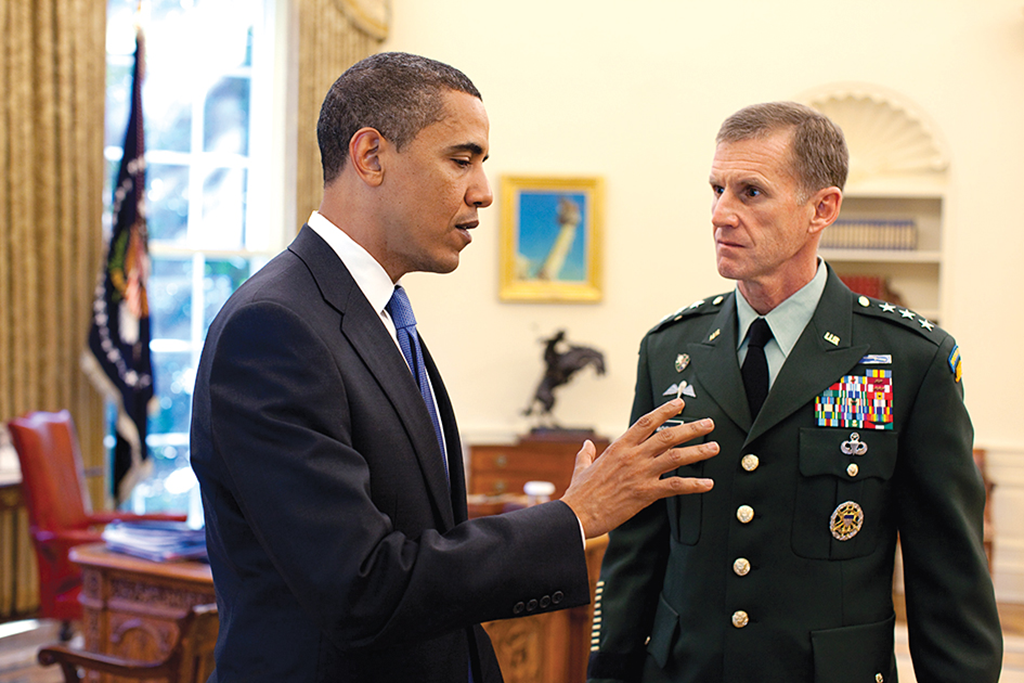
Barack Obama fired General Stanley McChrystal after the commander and his aides derided Obama’s team. They called adviser Jim Jones a “clown,” and when McChrystal asked, “Are you asking about Vice President Biden? Who’s that?,” an adviser responded, “Biden? Did you say: Bite Me?”

